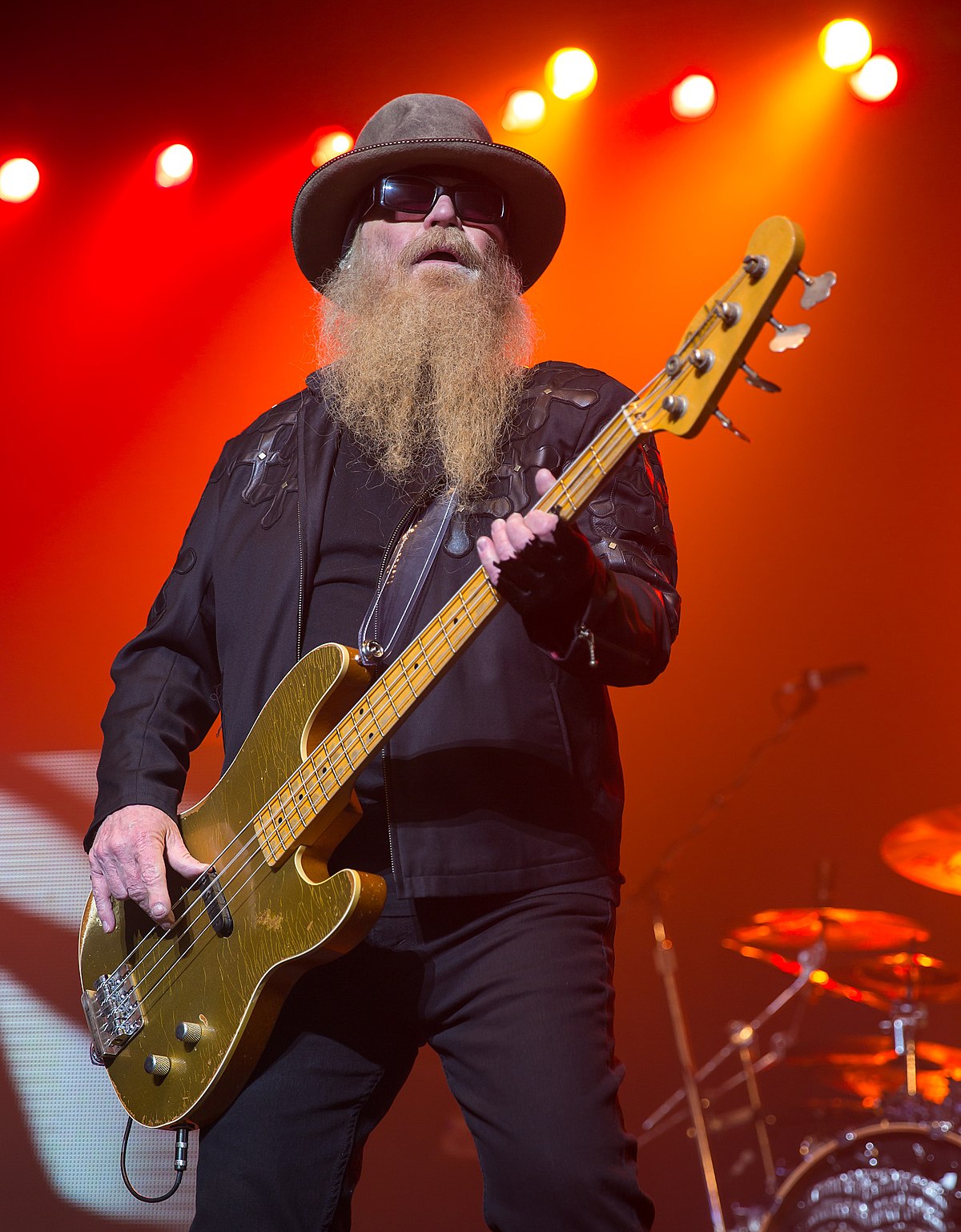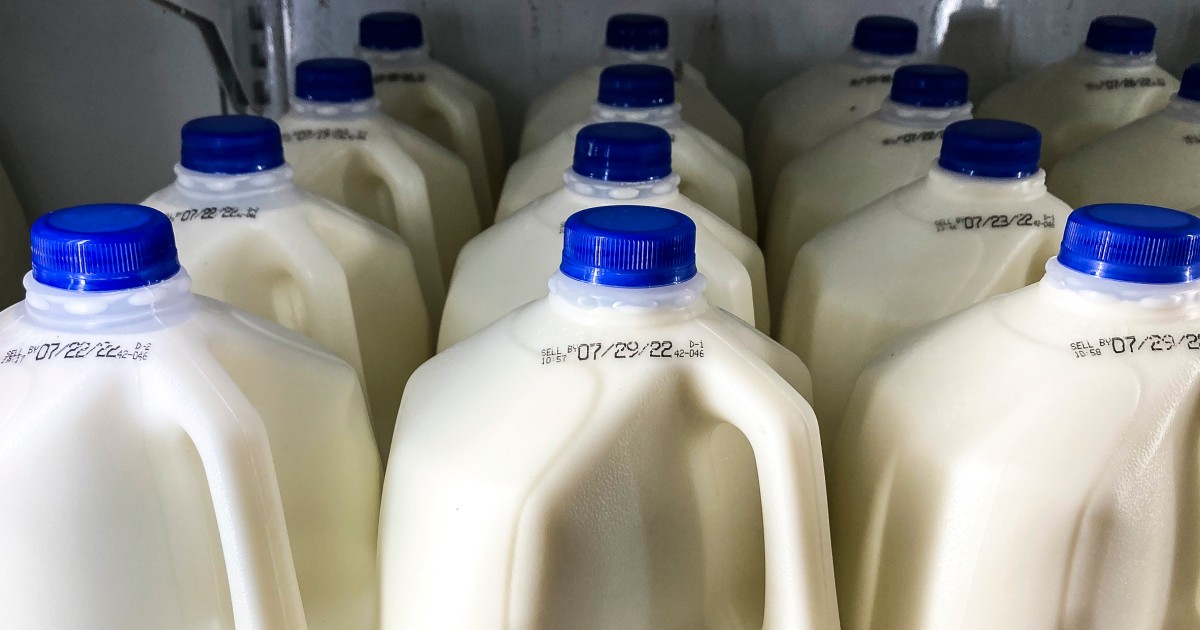
Rosemary Hill · How peculiar it is: Gorey’s Glories · LRB 3 June 2021
‘W hat were you like as a child?’ Dick Cavett asked Edward Gorey on his talk show in November 1977. ‘Small,’ he replied. Gorey, who died in 2000 at the age of 75, did not like to talk about himself or his work, which depended, like the Japanese literature he admired, ‘very much [on] what is left out’. Someone who thought of himself principally as a writer, but is now remembered chiefly as an artist and illustrator of his own and other people’s work, Gorey created a peculiar, hermetic world in which the comic and the macabre combine in proportions dependent on the reader’s temperament. It has been described variously as Edwardian, Jazz Age, avant-retro, surreal, picturesque and English; Gorey said it had the effect of ‘Victorian novels all scrunched up’. The only really accurate word is ‘Goreyesque’. The term was in circulation by the time of his death, and doubtless long before among aficionados. When he did the Cavett interview Gorey was no longer a cult figure. His set and costume designs for a hit Broadway production of Dracula had brought him recognition and a great deal of money. Soon he had a Tony Award, which he gave away to a friend. By the 1980s he was famous. But he remains a specialised taste. His father, to whom he wasn’t close, described the way his son divided opinion: ‘He has you either amused – or clutching the chandelier.’
Cavett’s question about Gorey’s childhood was presumably prompted by the number of children who appear in his work and the regularity with which they come to terrible ends. One of his most popular books, The Gashlycrumb Tinies: or, After the Outing, first published in 1963, is an Abecedary in the Victorian style: 26 children meet their deaths in different ways, from ‘A is for Amy who fell down the stairs’ to ‘Z is for Zillah who drank too much gin.’ The outing of the title is never disclosed. The tinies are gathered on the front cover as if for a school photograph while behind them stands a supervisory skeleton in mourner’s weeds, one hand outstretched, the other holding an umbrella. On the back cover are 26 little headstones. Like many of Gorey’s figures, the tinies are mostly passive and meet their fates with stoicism. Many are drawn without mouths, so that protest, should they wish to make any, is impossible. Misguidedly, if not surprisingly, publishers consistently resisted Gorey’s attempts to market his books to children. The Beastly Baby (1962) brought on palpitations in Cap Pearce, his editor at Duell, Sloan and Pearce. ‘He even dragged out a bottle and gave me a drink,’ Gorey told his friend Alison Lurie, ‘this being eleven o’clock in the morning.’ Lurie, to whom he had sent a copy, reported that her own children were loving it. Pearce’s mistake, like Cavett’s in asking about Gorey’s own childhood, was to see the children in the work from the perspective of an adult, and to assume that Gorey did too. Yet, as his occasional collaborator Peter Neumeyer remarked: ‘Of all the people I’ve known nobody has been less interested in children.’ He had no memory of Gorey ever even using the word ‘child’.






















